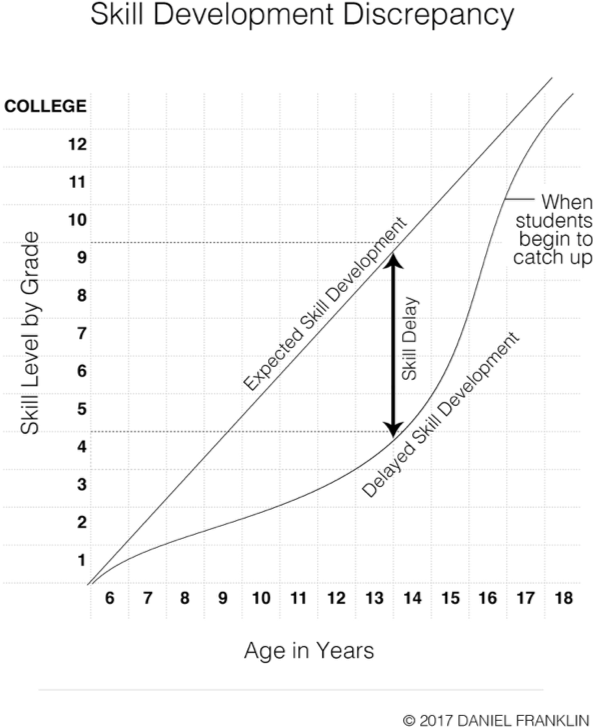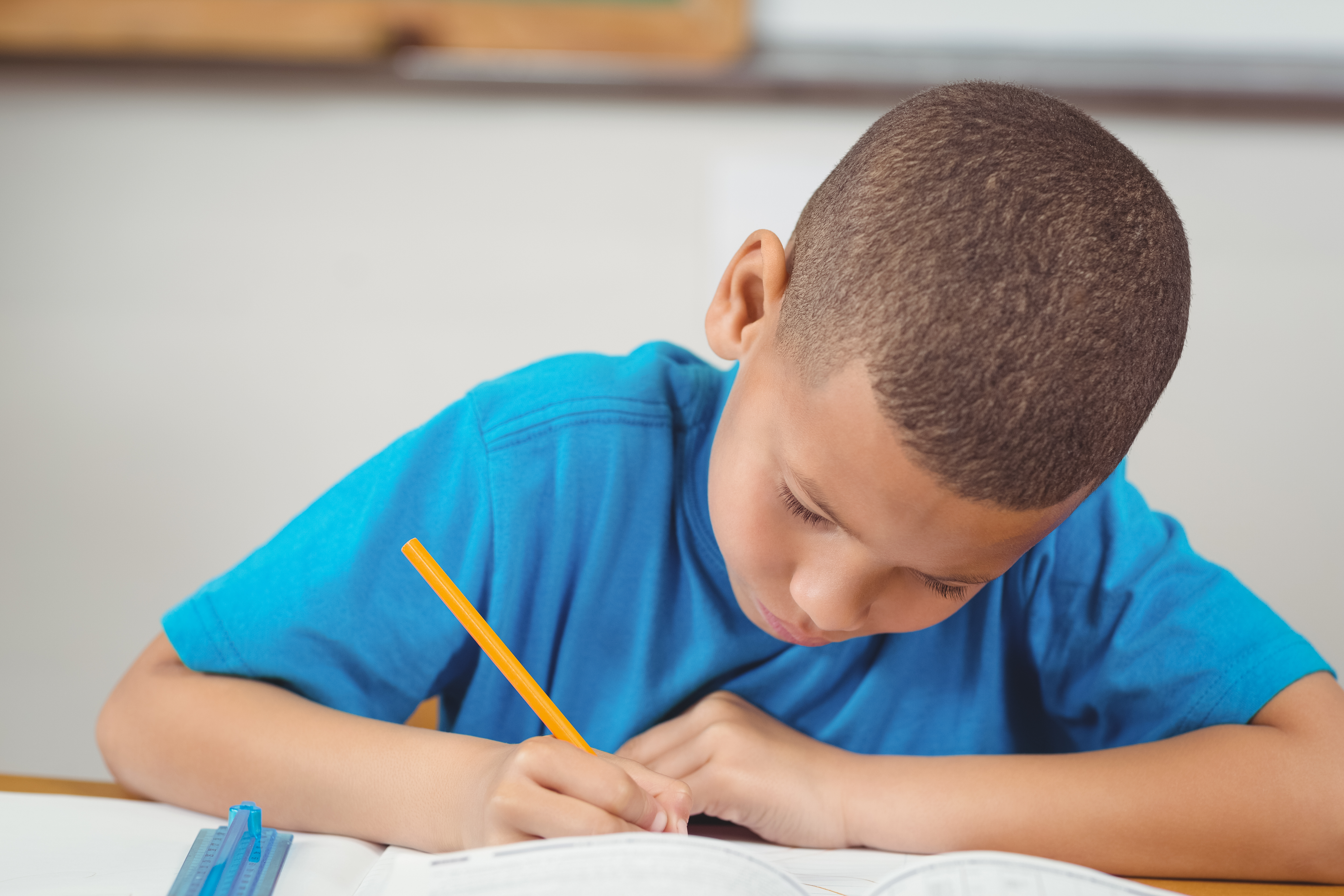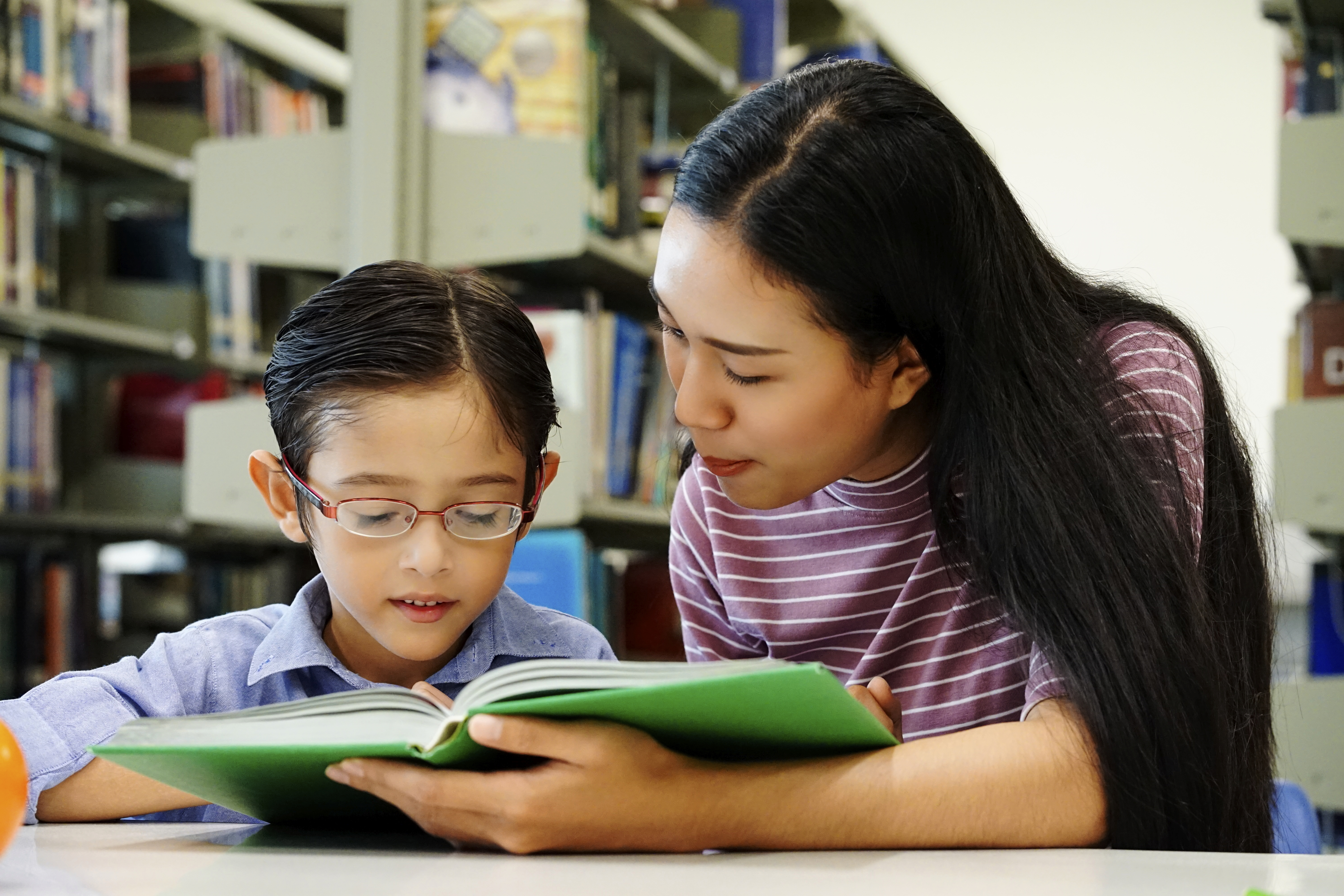Language-based learning disabilities (LBLDs) such as dyslexia, dysgraphia, dyscalculia, and ADHD, impact over 2.4 million students in the United States and represent over 45 percent of all students receiving special education (National Center for Education Statistics 2018). These disabilities are frequently viewed as a continuum of interacting learning challenges (Silver 2016). Indeed, over 44 percent of children identified as having ADHD are also identified as having a learning disability such as dyslexia (Brown 2017).
When children, teens, and young adults have LBLDs, families often face an array of challenges at school and at home. Parents and clinicians frequently ask me for strategies they can use to make schoolwork go more smoothly for these children. The strategies I recommend address many of the challenges students with LBLDs and their parents contend with day-to-day, but they are not a set of “quick fixes.” My approach is a collaborative method that encourages parents to commit their time, energy, and kindness to improve their child’s learning experience.
My inclusion of kindness is not a small point. Every ounce of kindness matters, especially for children who have LBLDs. Kindness counteracts the chronic state of anxiety frequently experienced by children with LBLDs, and reducing stress and anxiety is essential when trying to help a child manage the demands of school and life. Children with pronounced language-based learning difficulties exhibit chronically elevated levels of stress (Panicker and Chelliah 2016), and chronically high levels of stress are disruptive to brain development and learning (Sapolsky 2004).
As practitioners, we know that everything parents can do to help their child feel safe, secure, and calm will promote better learning. Family dynamics that include high levels of anger, threats, and demands that exceed a child’s capacities undermine development and learning (Forbes and Post, 2009).
To optimize a child’s learning, parents should strive to:
- prioritize the health of their relationship with their child over the demands of school; and
- provide the support their child needs to complete homework, study for tests, and manage the logistical demands of school.
For many families, this level of comprehensive support requires a lifestyle shift. It is a type of support that is intended to be ongoing—and it works best when it is embraced by the whole family. Is it easy? No. Does it work? Absolutely.
To help parents become effective collaborators with their children, I help them understand that when it comes to skill development, children are consistently inconsistent. A child who is able to do something one day may be unable to perform the same task independently the next day. The child may not have fully mastered all of the skills needed to get the task done; she may be tired or focused on a different task. When this happens, I encourage parents to step in and provide the support their child needs.
The level of support parents need to provide will fluctuate; understanding these fluctuations from the outset helps parents be more at ease with helping their child and less frustrated when providing support for something they thought their child could do independently. If it were easy for a child to do something independently, it would be done!
It’s also essential for parents to understand that supporting children with language-based learning difficulties often means helping with schoolwork daily from elementary school through high school and even into the early years of college. Many skill deficits are not quickly remediated. That’s why it’s so important for parents to prioritize their relationships with their children over school performance. The stronger and healthier those relationships are, the more likely it is that children with LBLDs will successfully manage all aspects of school and life.
The Role of Bypass Strategies
One of the biggest challenges these parents encounter is the significant delay in skill development often experienced by children with LBLDs. The graph below applies to skill development in any area, including reading, writing, math, and executive functioning. In particular, you can see that by upper middle school and early high school, children with LBLDs can be many years behind their peers.

It is nearly impossible for an older child with pronounced skill delays to quickly catch up to his or her peers. But that doesn’t mean the child is incapable of learning high-level content. In fact, keeping older children who have LBLDs interested in learning and motivated at school requires strategies to help them access high-level content. These are commonly referred to as bypass strategies. Bypass strategies work around a child’s difficulty with reading, writing, and numerous other capacities required to successfully manage the demands of school. A few bypass strategies that parents can easily incorporate are:
- Proactively organize homework to promote efficiency
- Read textbooks aloud and check for understanding
- Engage children in conversations to develop and organize ideas for writing assignments
- Take dictation for writing assignments
- Read math problems aloud and convert into illustrations
- Use graph paper for math homework to help organize steps and maintain alignment
- Actively participate in time management and long-term planning
Collaboration Is Not “Enabling”
Children with LBLDs require high levels of support to be successful at school. I frequently encounter two types of children in my practice: children who feel ashamed of themselves because they get bad grades and children who feel ashamed of themselves because they need a lot of assistance from their parents to complete their homework. Neither needs to be true. Working collaboratively allows a child to accomplish school-related tasks more quickly with better learning outcomes, which boosts the child’s motivation to work hard and learn—because it feels good to be successful!
A child’s level of motivation is a more critical factor in determining how and what he or she learns than almost all other considerations (Brooks and Goldstein, 2001, Lavoie, 2007). If we can help parents embrace an approach that focuses on collaboration, we will foster the positive interpersonal relationships that improve a child’s motivation to learn. When help is provided in this way, it is not enabling.
I encourage families to normalize the support children with LBLDs need. A collaborative approach helps these children navigate school and life. I coach parents to trust their hearts and instincts while providing the support their child needs. This is the kinder way.
Author:
Daniel Franklin, PhD, is the author of Helping Your Child with Language-Based Learning Disabilities: Strategies to Succeed in School & Life with Dyslexia, Dysgraphia, Dyscalculia, ADHD & Processing Disorders (New Harbinger Publications 2018). He is a Board Certified Educational Therapist and has over 30 years of experience in education as a teacher, administrator, and consultant. He is the founder and president of Los Angeles-based Franklin Educational Services, Inc., which provides a wide range of individualized school support services for students of all ages and needs. Dr. Franklin can be reached at Dr.Franklin@FranklinEd.com.
*This article was previously published in The Los Angeles Psychologist Magazine












